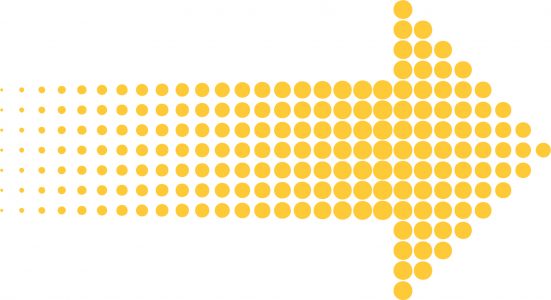I feel a mix of emotions coming into our final class and presentation tomorrow. I feel prepared, but exhausted. My list of “do” feels overwhelming. This semester has been a ride, but it’s also been worth it. It feels like I am on the final lap of the race and I just need to push through the best I can.
Our team was able to have two meetings of three hours or more since our last class. It was incredibly helpful to find the extra time for us all to gather and talk through every point of our MVP, presentation and three-year projection. The feedback we received last week helped to guide us in the right direction and focus on the right pieces for improvement. Overall, the concept feels really strong. Jenn and I are going to meet with some potential clients through the Herberger Institute next week, so our presentation and pitch tomorrow will actually be preparation for us to pitch to potential clients soon after. I am hopeful that we will be able to host our first event for the Party Brigade during Fall 2018 Welcome Week at ASU.
Promoting healthy party culture for young people is something that relates closely to my own passions and creative interests. It is a difficult area to address that many choose to ignore, but I believe that we can offer a meaningful alternative to the typical bar and party scene. Through the integration of the arts with creative expression and social activation, I believe that we are offering a solid selection of programming that students will love and connect with. It has been an entirely new experience to collaborate with people from such different backgrounds, but the process has been rewarding and productive. I am grateful to my team for their time and efforts, for their investment in a topic that is outside of their own familiarity. Their insight and feedback has been invaluable for my future work. The process of “getting out of the building” is something that I will continue to utilize as I develop new ventures and concepts. Overall, this class has helped me expand personally and professionally as I prepare for my final year of graduate school.



